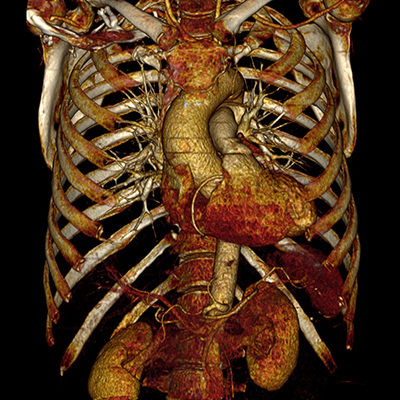

I do not have access to this software so I was not able to play around with it. In this software, you make things similar to the ROIs that we will make in Osirix called masks. The second way in which I know people are creating 3D models of the heart is by using Mimics, which is a privately owned software by Materialise ($$$). I will eventually discover a nice way to create a model with a PC as well. Osirix is also only for Mac, this is a huge limitation of the tutorial. Osirix also has plugins you can download, but development would be much slower since it is not open source. This would be the perfect platform for what I would like to accomplish.

Slicer has plugins that you can download which sound like they outline and make automatic traces of certain body parts. Slicer is the equivalent of R in the statistics world, which means there is infinite potential, but it is also not very user friendly.

First, I investigated 3D slicer, which is an open sourced NIH sponsored 3D imaging software. I delved into three different techniques which each utilized a different software. I will continue to research this throughout the semester and repost when I discover a succinct way to accomplish this (any advice is greatly appreciated). I have not found an easy way to create an accurate 3D model of the internal chambers/structures of the heart. This tutorial is only for an external 3D model of the heart. This was quite a challenge and I still have a lot more work to do. There are currently no tutorials for printing 3D hearts that takes you all the way from the DICOM files to the printer. I researched tutorials for how to print a 3D heart model from a CT or MRI scan.


 0 kommentar(er)
0 kommentar(er)
